The Blue Gudgeon, known as Ptereleotris heteroptera, is a slender and elongated marine fish with a maximum size reaching up to approximately 5 inches (12.7 centimetres). It has a striking iridescent blue body which is bound to leave an impression.
Taxonomy and Identifying Features
The Blue Gudgeon belongs to the family Microdesmidae, a family known for its small, elongated marine fishes. The genus Ptereleotris is characterised by species that possess elongated bodies and vibrant colouration, with “Pteron” meaning “wing” in Greek and “leotris” referring to a kind of fish. The closest relatives of the Blue Gudgeon include other species within the Ptereleotris genus, each exhibiting distinct colour patterns and markings.
Natural Habitat
The natural habitat of the Blue Gudgeon typically includes coastal reef areas within the Indo-Pacific region. They are often found in rocky and coral-rich environments, where they seek shelter and forage for food amidst the crevices and rocky formations. Their habitat provides them with an array of hiding spots and opportunities for feeding.
Keeping Blue Gudgeon Healthy:
The Blue Gudgeon is considered a suitable marine fish for novice aquarists due to its moderate care level. To ensure their health, maintain water temperatures in the range of 74-80°F (23-27°C) and salinity levels between 1.020-1.025. Provide a well-structured environment with live rock or coral fragments to mimic their natural habitat. Regular water changes and filtration are vital for their well-being.
Special Requirements and Feeding
The Blue Gudgeon is an omnivore with specific dietary needs. Their diet should consist of a mix of high-quality flake food, frozen or live brine shrimp, mysis shrimp, and small-sized marine pellet foods. Offering a variety of foods ensures they receive the necessary nutrients. Live rock within the aquarium can also aid in their natural grazing behaviour.
How Many Should I Keep
It’s advisable to keep Blue Gudgeon in small groups of at least three individuals to reduce stress and promote their natural schooling behaviour. An aquarium size of 30 gallons (imperial: approximately 25 gallons) or more should be sufficient for a small group.
Lighting Preference
Blue Gudgeon doesn’t have specific lighting preferences. Standard aquarium lighting, such as fluorescent or LED, is adequate for their needs. Ensure a consistent day-night cycle to promote their natural rhythms.
Suitable Tank Mates
Blue Gudgeon is generally peaceful and can be kept with a variety of tank mates. Ideal companions include other peaceful community fish, small invertebrates, and reef-safe species. However, avoid housing them with aggressive or territorial tank mates that may harass or outcompete them.
Reproduction in the Wild
In the wild, the Blue Gudgeon (Ptereleotris heteroptera) follows a typical pattern of reproduction for gobies. They are known to form pairs, with the male and female engaging in courtship and spawning activities near or within their natural reef habitats. After spawning, the eggs are often guarded by the male, who fans them to provide oxygen and protect them from potential threats. Once the eggs hatch, the juvenile fish enter a planktonic stage before settling into their reef environment.
Breeding Ptereleotris heteroptera:
1) Set Up
Breeding the Blue Gudgeon in captivity necessitates careful planning. A dedicated breeding tank of around 30 gallons (imperial: approximately 25 gallons) is recommended, equipped with stable water conditions, including a temperature range of 74-80°F (23-27°C) and a salinity level between 1.020-1.025. Provide ample hiding spots and surfaces for egg attachment, such as PVC pipes or small caves.
2) Courtship/Spawning
Introduce a compatible pair of Blue Gudgeon to the breeding tank. Courtship often involves intricate movements and behaviours, including the males displaying to attract females. Spawning typically occurs in proximity to suitable surfaces. The female will lay adhesive eggs on these surfaces, which are then fertilised by the male. The male subsequently takes on the responsibility of guarding and tending to the eggs.
3) Rearing
Once the eggs hatch, the juvenile Blue Gudgeon enter a delicate larval stage. These tiny larvae are planktonic and require specific food sources, such as live rotifers and copepods. Successful rearing necessitates a separate rearing tank with appropriate lighting and water flow. Monitoring water quality, offering a consistent food supply, and maintaining suitable environmental conditions are crucial for their development.
Sexual Dimorphism
The Blue Gudgeon exhibits minimal sexual dimorphism, with both males and females sharing similar appearances. Distinguishing between the sexes can be challenging without observing their reproductive behaviour, as males often display courtship and guarding actions.
Distribution
The Blue Gudgeon, Ptereleotris heteroptera, is native to the Indo-Pacific region. Its natural distribution extends from the eastern coast of Africa, across the Indian Ocean, to the western Pacific Ocean. They are commonly found inhabiting coral-rich reef environments and rocky formations in these areas.
Summary
Breeding the Blue Gudgeon, or Ptereleotris heteroptera, in captivity requires careful attention to water parameters, spawning behaviour, and larval rearing. Their natural reproduction in the wild involves pair formation, courtship, and male guarding of eggs. Minimal sexual dimorphism makes it essential to observe their behaviours to distinguish between males and females. Native to the Indo-Pacific, these gobies are prized for their vibrant colours and peaceful nature, making them a fascinating addition to marine aquariums.
Dry Goods Delivery.
The store has provided information regarding their order dispatch and estimated delivery times. Here are the key details:
- Dispatch Timeframe: Orders placed before 2pm will be dispatched on the same day. Orders placed after 2pm will be dispatched on the next working day.
- Delivery Date and Time Guarantee: While the store aims to dispatch orders promptly, they cannot guarantee a specific delivery date and time. As the delivery process relies on couriers, there may be factors beyond their control that could affect the delivery timeframe.
- 1st Class Mail: For orders sent via 1st Class mail, the aim is to have them delivered on the next working day after dispatch.
- 2nd Class Mail: Orders sent via 2nd Class mail typically take approximately 2-3 working days for delivery after dispatch.
- APC Next Day Delivery: APC Next Day delivery is available for UK mainland postcodes. It is usually delivered on the next working day after dispatch. However, please note that items being delivered to more remote areas may require additional time for delivery.
It’s important to keep in mind that while the store strives to provide efficient delivery services, unforeseen circumstances or external factors could potentially impact delivery times. For further details or specific inquiries about delivery, customers should refer to the store’s terms and conditions or contact the store directly.
Livestock Delivery.
The store maintains specific policies regarding the delivery of livestock. Here are the key points:
- Licensed Livestock Courier: The store exclusively uses a licensed livestock courier for shipping fish and coral. This approach is chosen to ensure responsible and ethical transportation of the livestock.
- Livestock Shipping Fee: The livestock shipping fee charged to customers of £19.99 does not cover the true cost, and therefore, there is a minimum spend requirement of £30.00 before the option for livestock shipping becomes available.
- Pre-Arranged Delivery: The store never ships livestock without first arranging a suitable delivery day. Before dispatching the livestock, the store must confirm the agreed-upon delivery day with the customer.
- Saturday Delivery Confirmation: Customers who choose Saturday delivery must have their availability confirmed for the upcoming Saturday before the store sends out the livestock. This confirmation ensures that the livestock can be received promptly.
- Failure to wait for livestock: Not waiting for livestock, even if there is a reasonable delay, or cancelling an order after it has been dispatched will lead to you incurring charges for an emergency return to the base. Additionally, any losses of livestock will also be charged to you. Please be aware that the items you are ordering are living creatures – livestock. We kindly ask that you refrain from ordering livestock if you are unable to accommodate the possibility of a delayed delivery.
These terms and conditions are a fundamental aspect of our policy. Our primary goal is to dissuade individuals who could react negatively to a delayed delivery and subsequently request order cancellations. It is of utmost importance to underscore that your order pertains to living creatures, not mere inanimate objects. In the event of an occasional delay, it is crucial that you respond in a rational and responsible manner, taking into account the welfare of the livestock. We kindly request that you refrain from placing an order for livestock if you tend to react strongly to such situations. By proceeding with the order of livestock, you indicate your acceptance and agreement to abide by these specified terms and conditions.
- Signature Requirement: Livestock deliveries require a signature upon receipt and cannot be left in a safe location. This precaution ensures proper handling and the well-being of the livestock.
- Geographic Restrictions: The courier has strict geographic restrictions for livestock deliveries. Unfortunately, deliveries to Northern Ireland, Republic of Ireland, Isle of Man, Isles of Scilly, Channel Islands, and certain Scottish offshore postcodes may not be possible. Customers are encouraged to contact the store via email to confirm if livestock delivery is available in their area.
- Minimum Order Value and Order Cancellations: The store has a minimum order value of £30 for livestock shipping. Additionally, the store reserves the right to cancel orders that are deemed high-risk or involve a high number of single tropical freshwater fish species.
It is essential for customers to familiarize themselves with these policies before making a purchase. For more detailed information or specific inquiries, customers should consult the store’s terms and conditions or reach out to the store directly for clarification.
Livestock Geographical Exemptions.
The store has specific geographical exemptions for livestock deliveries. Here is a list of the areas and postcodes where livestock delivery is not available:
- Islands: Livestock cannot be delivered to the Shetlands, Channel Islands, and Isle of Man.
- Postcodes: Livestock delivery is not available to the following postcodes:
- AB30 to AB39, AB41 to AB45, AB51 to AB56
- DD8 to DD10
- BT all
- DG3 to DG9, DG12 to DG14
- KA18 to KA19, KA26, KA29 to KA30
- HS all
- IM all
- JE all
- ZE all
- KW15 to KW17
- TD9
- FK17 to FK21
- GY all
- KA26, to KA28
- PA20 to PA38, PA41 to PA49, PA60 to PA61, PA76 to PA78
- TR21, to TR25
- PH3 to PH26, PH30 to PH44
- IV all
Customers residing in these areas should be aware that livestock delivery is not available to their location.
We can ship livestock to the Isle of Wight, this area is subject to a surcharge.
For further information or specific inquiries about livestock delivery to a particular area, customers are advised to contact the store directly for clarification.
Cancellation.
According to the store’s policy, customers have the right to cancel an order within 14 working days of receiving the goods. To initiate the cancellation, the goods must be returned to the store in new and unused condition, adhering to their Returns Policy.
Important points regarding the return process are as follows:
- Return Condition: The goods must be returned in new and unused condition, as originally received. It is important to ensure that the goods are in the same condition as when they were sent out.
- Return Timeframe: The goods must be received by the store within 21 days of notifying them about the cancellation. During this time, customers are responsible for any loss or damage that may occur during the return shipping process.
- Refund Process: Once the store receives the goods in new and unused condition, they will initiate the refund process. The purchase price will be refunded to the customer.
- Return Condition Inspection: If the returned goods arrive in a condition that is less than what they were sent out in, the store reserves the right to return the goods to the customer, and no refund will be processed.
It is essential for customers to carefully review the store’s Returns Policy and follow the specified procedures to ensure a smooth and successful return and refund process. For more detailed information or specific inquiries, customers should consult the store’s terms and conditions or contact the store directly.
Returns.
According to the store’s return policy, the following guidelines should be followed for returning goods:
- Use Returns Form: Customers need to use the store’s provided returns form to initiate the return process. This form helps the store acknowledge that the goods are being sent back.
- Return for Testing: If the goods are being returned for testing, the customer is responsible for covering the return shipping expenses.
- Refund of Postage Fees: The store will only refund postage fees if the order arrives damaged or becomes faulty within the first 4 weeks of purchase. Proof of posting is important, and customers should ensure the goods are well-packed and obtain proof of posting as the goods remain their responsibility until received by the store.
- Refund of Postage Costs for Replacement: If goods are being returned within 7 days of purchase under the Replacement Policy, the store can refund postage costs. However, the customer needs to agree on a delivery service with the store in advance, and only standard or tracked shipping fees will be refunded. The store cannot refund the cost of any special delivery service.
- Non-Refundable Postage: Postage costs for goods returned for any other reason than those mentioned above are non-refundable. The store reserves the right to deduct the original postage cost from any applicable refund.
- Mistaken Purchases: If a customer has made a mistake in their purchase, they need to return the goods to the store. The customer is responsible for the return shipping costs in such cases.
It is important for customers to carefully follow the store’s return procedures and terms and conditions. For further details or specific inquiries, customers should refer to the store’s website or contact the store directly.
Replacements
If customers receive faulty goods, the following guidelines apply according to the store’s policy:
- Notification of Faulty Goods: Customers must notify the store within 7 working days if they receive faulty goods. This notification should be made as soon as possible.
- Replacement Parts: If possible, the store will dispatch replacement parts for the faulty goods.
- Return of Goods: If replacement parts are not possible, the store may request customers to return the faulty goods in accordance with their Returns Policy. The specific return procedures and conditions should be followed.
- Verification of Damage: Once the store receives the returned goods, they will verify the damage. If the damage is confirmed, the store will supply the required replacements.
- Return Postage Costs: If the goods returned to the store are found to be in good working order, the store is not able to refund the return postage costs. Additionally, the store reserves the right to deduct their original postage cost from any applicable refund.
- Consequential Loss or Damage: The store cannot take responsibility for any consequential loss or damage that arises directly or indirectly from the goods supplied.
Customers should carefully review and adhere to the store’s Returns Policy and procedures for returning faulty goods. For further clarification or specific inquiries, customers should consult the store’s terms and conditions or contact the store directly.
Manufacturer’s Guarantees
The store works in collaboration with manufacturers to ensure that their guarantees are honored, and they make their best efforts to resolve issues within the warranty period. The following guidelines apply to refunds and replacements:
- Postage Costs under Manufacturer’s Guarantee: Postage costs can only be refunded if the goods are returned to the store within 7 days of the original purchase, as per the manufacturer’s guarantee.
- Refund of Postage Costs for Faulty Goods: The store will refund postage costs for guarantee/warranty returns only if the product becomes faulty within the first 4 weeks of receipt.
- Replacements with Manufacturer Authorization: Replacements, whether parts or goods, can only be offered when authorized by the manufacturer. Customers should contact the store for further guidance in such cases.
- Prior Approval for Returns: Goods should not be returned to the store without prior approval. Customers need to contact the store and obtain approval before returning any items.
- Replacement of Glass or Ceramic Items: Glass or ceramic items can only be replaced if the store is notified within 48 hours of receiving the delivery.
- Replacement of Glass Bulbs/Tubes: Glass bulbs or tubes can only be replaced if they become faulty within 14 days.
Customers should note and adhere to these guidelines to ensure a smooth and efficient resolution of any issues with their purchased items. For specific inquiries or further information, customers are advised to refer to the store’s terms and conditions or contact the store directly.
Breakages
According to the store’s policy, customers have the following responsibilities regarding breakages:
- Checking Goods on Arrival: It is the customer’s responsibility to thoroughly check the goods upon arrival for any damage. This should be done before signing for the parcel. If the parcel appears damaged, it is advised not to sign for it.
- Reporting Breakages: Any breakages or damages must be reported to the store within 48 hours of receiving the goods. It is important to promptly notify the store to initiate the resolution process.
By carefully inspecting the goods upon arrival and reporting any breakages within the specified timeframe, customers can ensure that appropriate actions are taken to address the issue. For specific instructions on reporting breakages or further information, customers should refer to the store’s terms and conditions or contact the store directly.

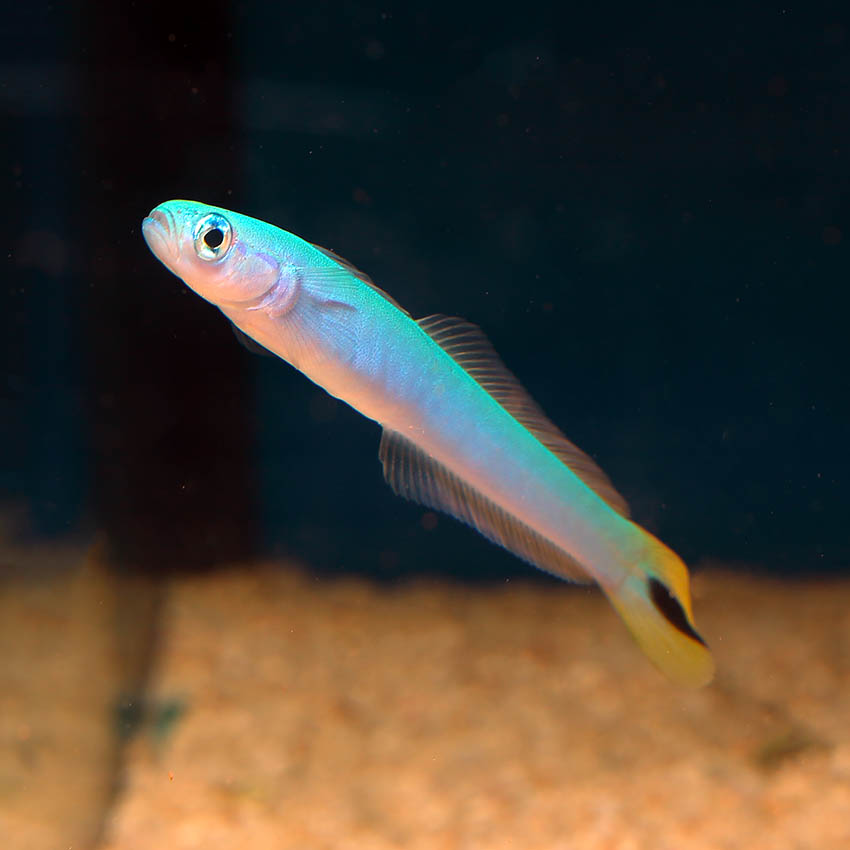
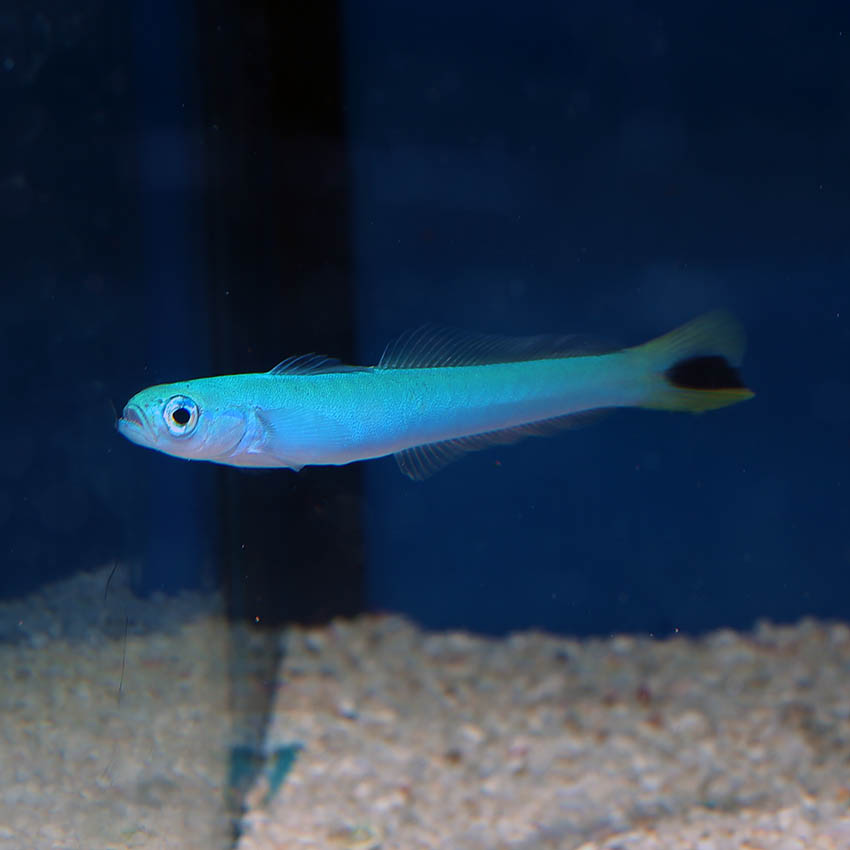
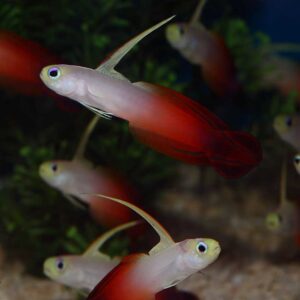
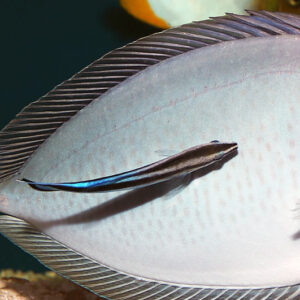
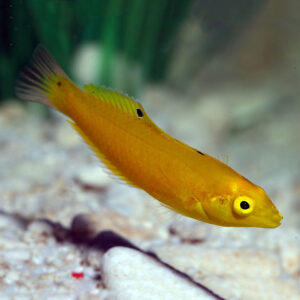
Reviews
There are no reviews yet.